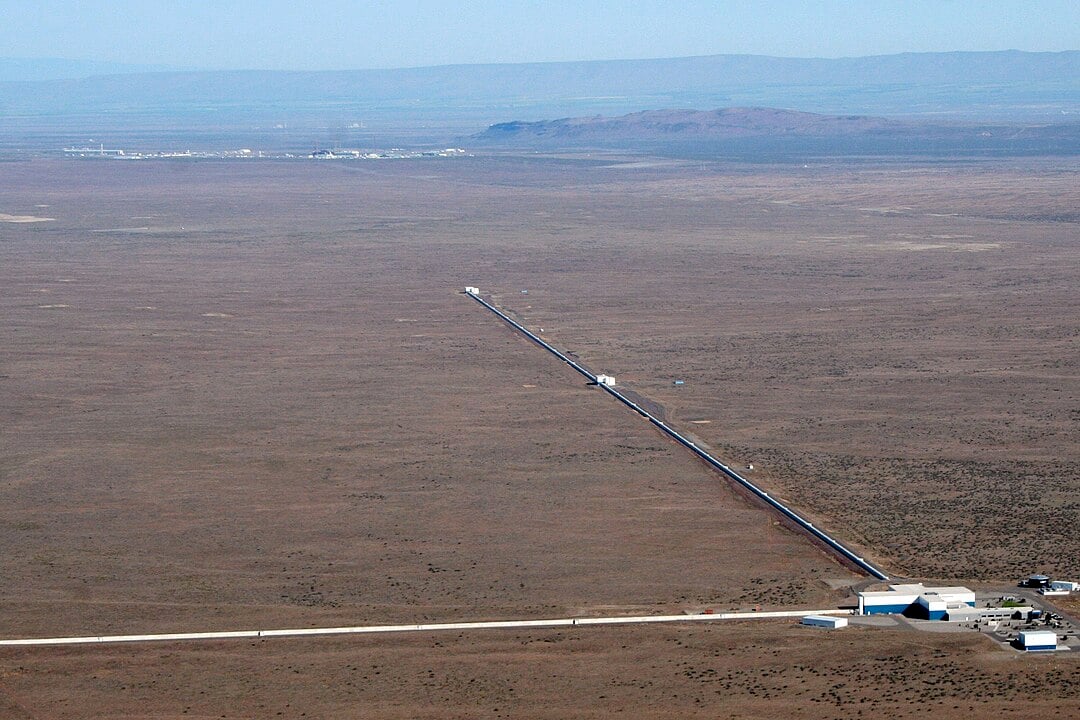Black holes it seems, are recyclers and a team of scientists have just caught them in the act. Two gravitational wave detections from late 2024 have revealed black holes with bizarre spins and lopsided masses, the telltale signs of cannibalism on a universal scale.
The LIGO-Virgo-KAGRA collaboration announced the discovery of two unusual black hole mergers, observed in October and November 2024. What makes these collisions extraordinary isn't just that they happened, but what they suggest about the past of black holes. These appear to be second generation black holes, born from earlier mergers that are now colliding again in dense stellar neighbourhoods where black holes crowd together.
 The LIGO observatory part of the LIGO-Virgo-KAGRA collaboration (Credit : LIGO Laboratory)
The LIGO observatory part of the LIGO-Virgo-KAGRA collaboration (Credit : LIGO Laboratory)
The first event, GW241011, occurred 700 million light years away when black holes weighing 17 and 7 solar masses spiralled together. The larger black hole was spinning ferociously, ranking among the fastest rotating black holes ever detected. A month later, GW241110 emerged from 2.4 billion light years away, involving black holes of 16 and 8 solar masses. But this one had a twist….literally. While most black holes spin in the same direction as their orbit, the primary black hole in GW241110 was spinning backwards. It's the first retrograde black hole spin ever observed.
These peculiarities reveal an interesting nuance to binary black hole theory. When one black hole is nearly twice the mass of its partner and spinning unusually fast or in strange directions, it suggests a violent history. The most natural explanation is that black holes formed from previous collisions, carrying the scars of their past encounters in their spin and mass.
"These black holes exist not just as isolated stellar remnants but likely as members of a dense and dynamic crowd” - Gianluca Gemme, spokesperson of the Virgo Collaboration.
Beyond revealing more about the history of black holes, GW241011 served as an extreme laboratory for testing Einstein's General Relativity. The rapidly spinning black hole slightly deforms spacetime, leaving a fingerprint in the gravitational waves it produces. Analysing this signal confirmed predictions made by Einstein and mathematician Roy Kerr with unprecedented precision.
There's another bonus too, rapidly spinning black holes can test whether hypothetical ultralight bosons exist. These particles, predicted by theories beyond the Standard Model, should steal rotational energy from spinning black holes over time. The fact that the massive black hole in GW241011 still spins rapidly seems to rule out entire ranges of theorised particle masses. Around 300 black hole mergers have now been detected through gravitational waves. Each one rewrites our understanding of these stellar monsters and the hidden architecture of the universe.
Source : LIGO, Virgo and KAGRA observed “second generation” black holes

